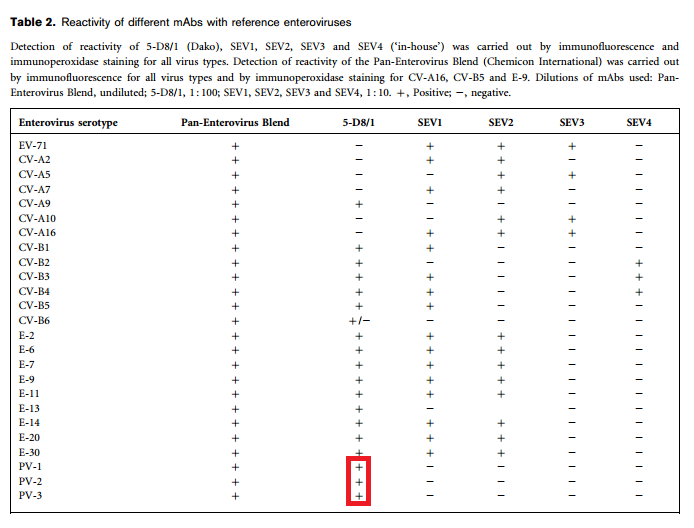I recall way back in 1986 when I was shipped into a nursing home with severe ME Prof Mowbury (I don't think I've used the correct spelling) of London visited the home to take some of our thigh muscle fibres for the VP1 test to check for chronic enteroviral infection.
When I was diagnosed I was told ME was chronic coxsackie infection.
Amazing. Those were the days when the UK was a leading light in biomedical research into ME/CFS. Then quack self-promoting psychologists and psychiatrists hijacked the research and the country.
Many viruses have evolved countermeasures that allow them to evade the immune response.
@ash0787, the countermeasures that pathogens use to evade the immune response are known as
immune evasion, in case you want to look this up.
it is scary realizing that we could have a virus in our brain tissue while it is not detectable anywhere else.
The viral infection is found elsewhere, particularly in the gut and the muscles. In this autopsy, they found an enterovirus infection in the stomach and colon tissues.
However, it is possible that the location of the infection may not be hugely important: if ME/CFS is largely caused by an autoimmune attack on our mitochondria, triggered by an enteroviral infection, then it would be the autoantibodies in the blood which are causing ME/CFS.
This is precisely what occurs in enterovirus infection of the heart (coxsackievirus B myocarditis) — in these infections, you get anti-mitochondrial autoantibodies that target heart cells, which leaves the heart cells low on energy. So in chronic coxsackievirus B myocarditis, the heart symptoms are not just a result of the ongoing infection in the heart muscle, but also a result of the autoantibodies which partially disable the mitochondria.
ME/CFS may be the same: some of the ME/CFS symptoms may come from an ongoing infection in the brain and other organs (with the inflammatory cytokines leading to symptoms); and other ME/CFS symptoms may come from anti-mitochondrial autoantibodies that whack our mitochondria.
It's possible that the anti-mitochondrial autoantibodies found in coxsackievirus B infection of the heart muscle are part of the immune evasion strategy of this virus: depleting cells of energy in this way may prevent the cells from clearing the virus (
this study seems to suggest that).

